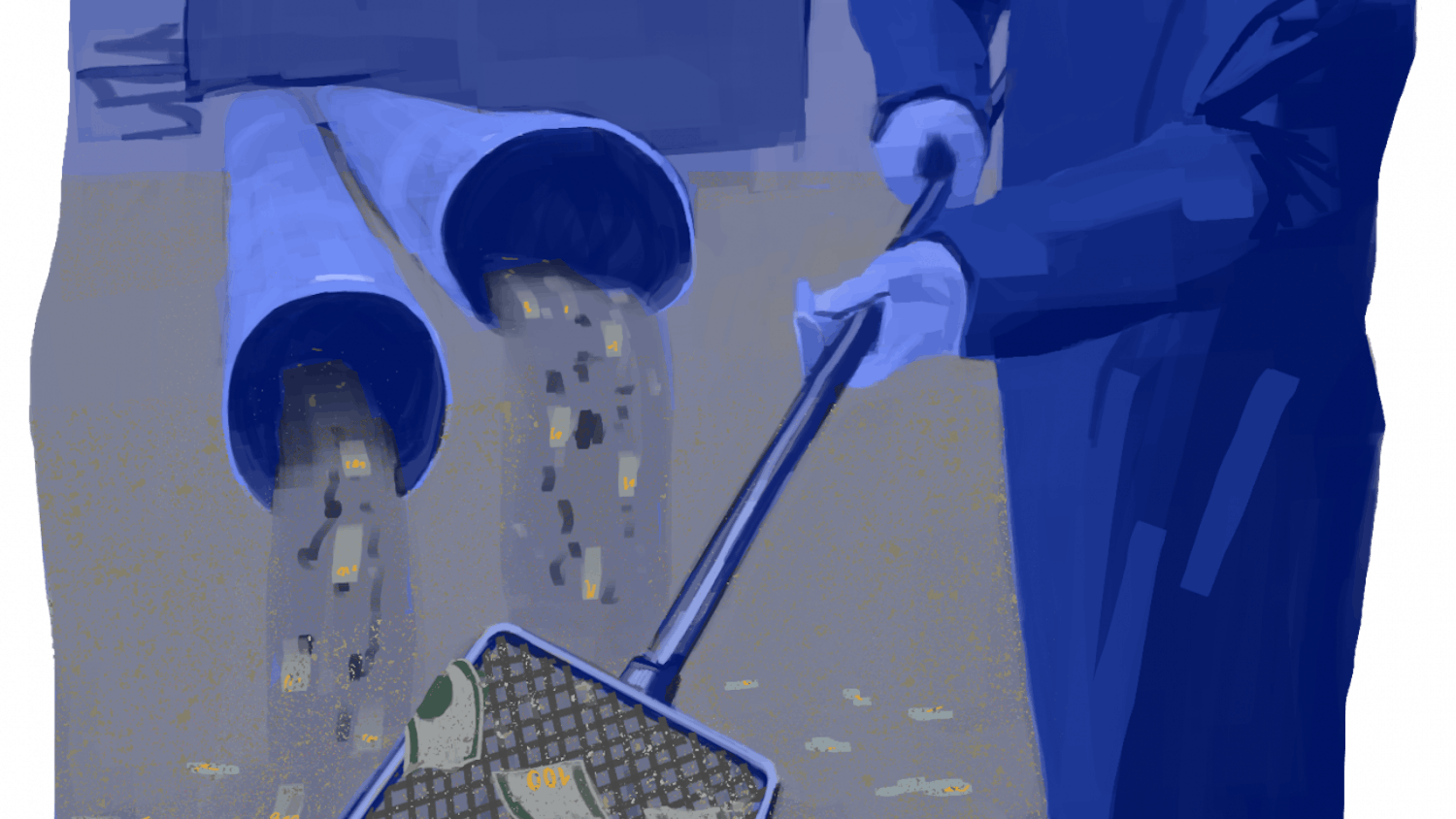While the advent of smartphones brought the Internet to users’ pockets, Google Glass has made it possible to bring it right in front of people’s eyes.
Before the product goes live, a select few Brown and Rhode Island School of Design students are previewing a beta version of a product that could potentially revolutionize the technology industry.
‘OK, Glass’
For the past few months, RISD students have been experimenting with the artistic possibilities Google Glass could offer.
Glass responds to voice commands prefaced with “OK, Glass” followed by specific instructions, according to the Google Glass website. The device has a touchscreen mounted on the right side of its frame, next to a translucent display over the right eye that displays the requested data.
The cutting-edge, “smart” glasses can access the Internet and take pictures and video. Android users can use the glasses to make calls through an app called MyGlass.
RISD was loaned three Google Glasses and given $4,000 this summer as part of the Google Glass Explorer Program, thanks to RISD Professor of Film, Animation and Video John Terry, according to a RISD press release.
The Explorer Program, which is intended to promote Glass and provide feedback about how users incorporate it into their lives, recently gave several film schools across the country the opportunity to test-drive early versions of Google Glass, according to an article in PCMag. The program also gave select individuals — chosen based on 50-word entries submitted via Google Plus or Twitter with the hashatg #ifihadglass — the opportunity to obtain Glass prototypes for $1,500 this year.
RISD is using its Google Glasses in “collective experiments” and video classes, RISD Associate Professor of Film, Animation and Video Daniel Peltz wrote in an email to The Herald. Peltz teaches Intermediate Studio Video, one of the classes experimenting with Glass.
“It’s important that there be spaces where open-ended, non-commercial research overlaps with commercial product research and development,” he added, referring to using Glass in an academic setting.
Glass goes to class
“We engage with the Google Glass as a pure research group,” Peltz wrote. Each student takes a week to explore the equipment and reports back in “weekly conversations,” he added. Peltz wrote that he wants to engage students with questions about “what it means to be human in an increasingly mediated world.”
Out of each five-hour class, about 30 minutes revolve around that week’s student project with the device, said Marianne Abbott ’15, who is enrolled in the course.
Projects have so far ranged from a music video for the song “Blurred Lines” to a RISD rooftop-climbing showcase from the point of view of the climber.
Glass “changes the way you can do first-person filming,” said Marissa Goldman, a RISD junior. Compared to traditional camera shots, videos filmed with Glass better emulate natural head movements, she added.
“It’s closer to reality, but it’s not the way we’re used to seeing reality” on a screen, Abbott said.
Information overload?
Outside of the classroom, Google Glass’s reception has been mixed.
“A lot of people have been saying that they feel impaired by them, that they take you out of things,” Abbott said. “But I feel empowered by them.”
Glass is different from using a smartphone because “it’s instant,” Abbott said. “I was walking by (Avon Cinema) and movie times just popped up,” she said.
Using smartphones or computers to find information is an “action that I’m doing, a choice I’m making,” Abbott said. “With Glass, it just happens.”
Google Glass is “probably the easiest way I’ve taken pictures or videos ever before,” Goldman said.
But for some, Glass’ flaws overshadow its convenience. The display can be distracting and might present an “information overload” for some, though users have the ability to control what kind of information appears, Abbott said. Goldman said she dislikes the device’s awkward aesthetics and limited functionality.
“I found it to be very uncomfortable and weird to wear … the screen is in the top right corner, and it’s very unnatural to look at, especially when you’re talking to someone,” Goldman said. “It looks pretty ridiculous.”
Goldman said she prefers her phone to Glass because with her phone, she can perform more tasks, more easily.
“Maybe this is the first technological advance that my generation is too old for,” she said.
Goldman raised concerns about being recorded without permission by Glass users.
Google has not announced an official release date for the final release of Glass.
“It has to be something people can wear and have fun with and be sexy with,” Abbott said.
ADVERTISEMENT




